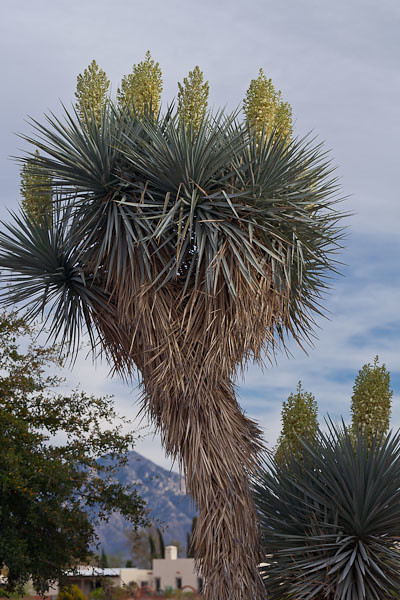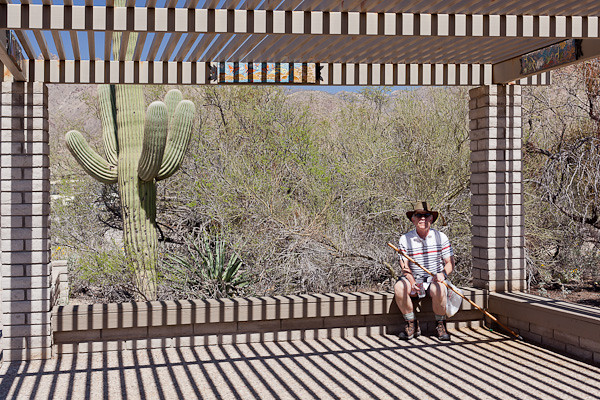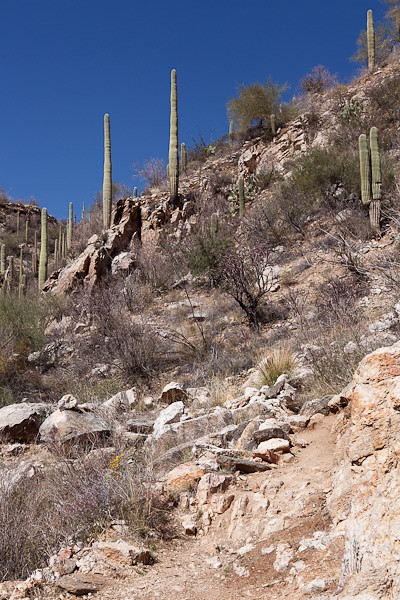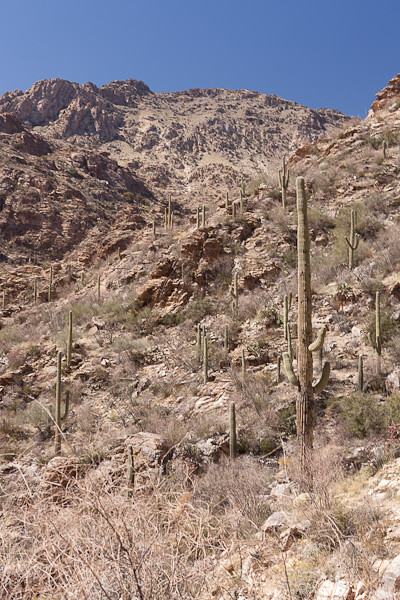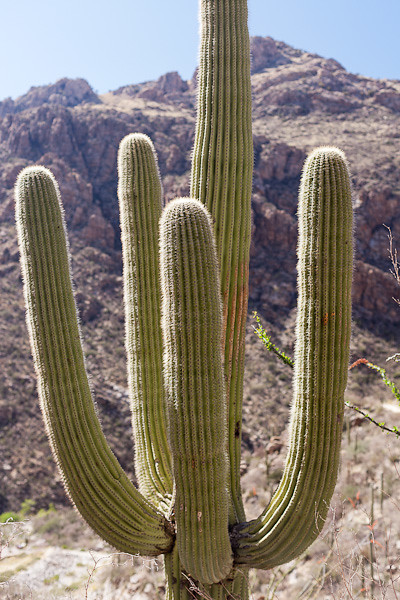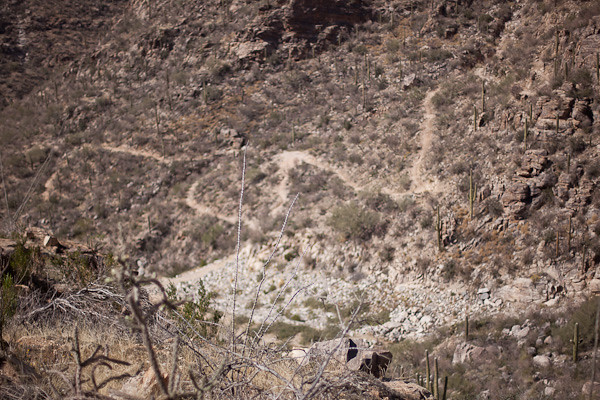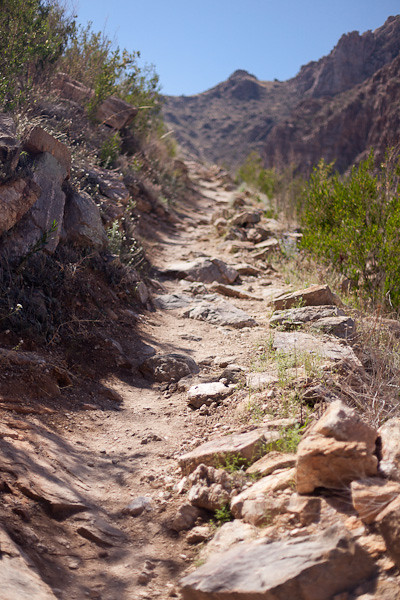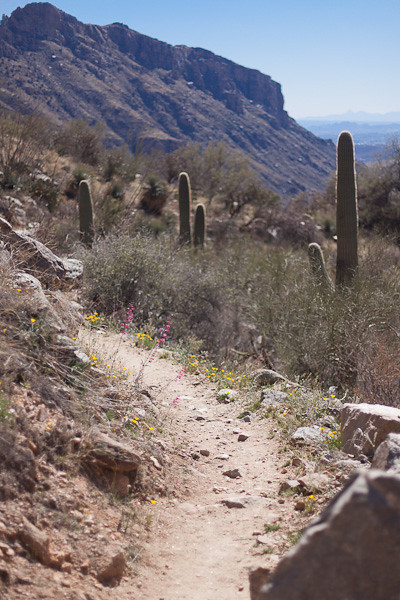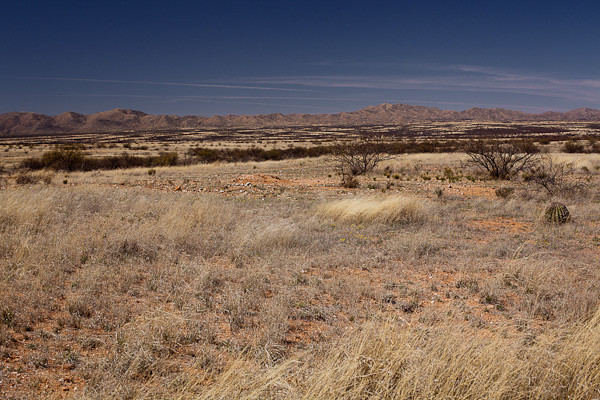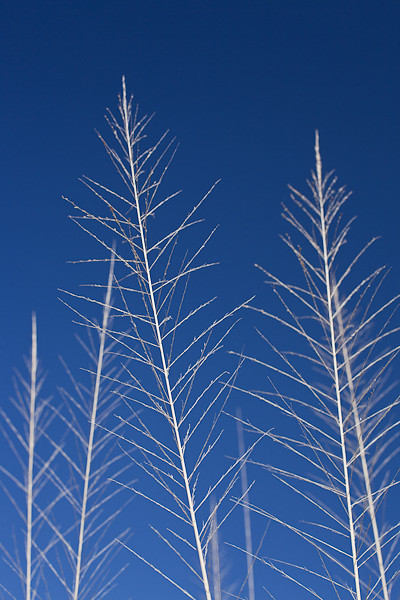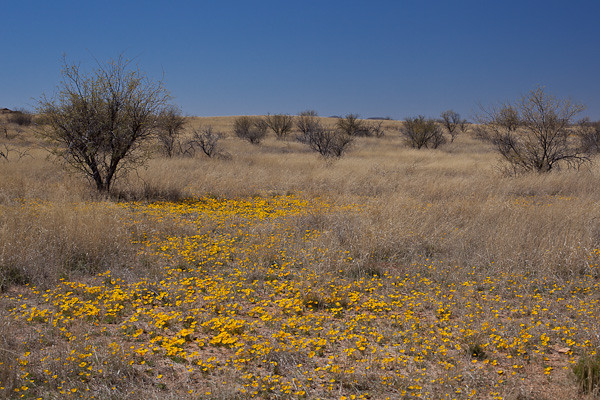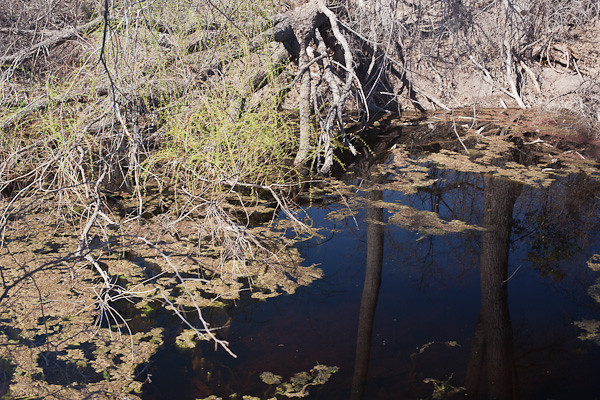Tramadol Overnight Shipping Visa The desert’s beauty suggests patience and struggle and endurance. Even in the brightest colors of its brief spring flowers, there is something austere. ~ from The Desert Year by Joseph Wood Krutch
Ordering Tramadol Online Illegal Most of the desert flowers are mere specks on the ground. If there are dozens of them, the color is fairly noticeable, but if there are only two or three quarter-inch blossoms sprawling against a bit of green leaf and a lot of gravelly desert floor, it takes some careful observations to see those pretty little things. Of course, in the desert, the smaller, the better chance at survival. A flower, or leaf on a shrub for that matter, that is minute requires considerably less moisture for survival than a flower or leaf a hundred times that size. Adaptation of the species, as we know it.
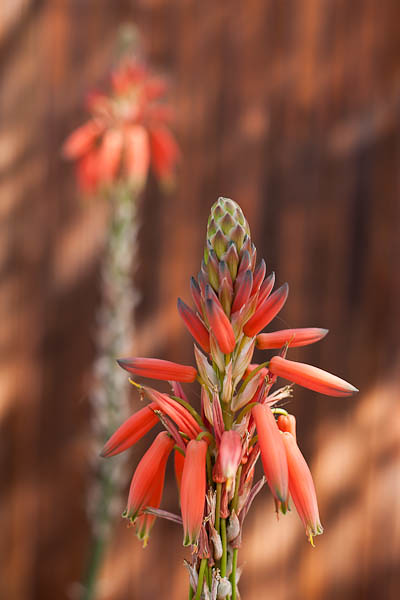
https://www.petwantsclt.com/petwants-charlotte-ingredients/ Blooming Aloe © 2012 Bo Mackison
Tramadol Online Best Price Notice how present a flower is, how it has surrendered to life. ~ Eckhart Tolle
Of course, the cacti and the succulents found in the desert have a totally different way to guarantee a flowering season, necessary for the continuation of the species. (No flowers, no seeds. No seed, no new flower).
This aloe is a succulent and has adaptive measures for desert survival. Succulents (and cacti, too) have the ability to suck up water when it does rain and then store it in large quantities. These plants send shallow roots in a wide circumference around the plant, and so the root absorbs the water before it evaporates. And when a succulent, like this bright-orange, flowering aloe, traps water in its system, its waxy surface helps keep the water in the plant and reduces water lost to evaporation.
We humans could learn much by consulting with nature and her ways:
- Assess our weaknesses and strengths – bolster our weaknesses and play to our strengths.
- Be resourceful and use our resources wisely. Do not use more natural resources than we need. Consider needs vs. wants.
- Share your beauty, whether it be small and hidden, delicate and ethereal, or bright and showy.

